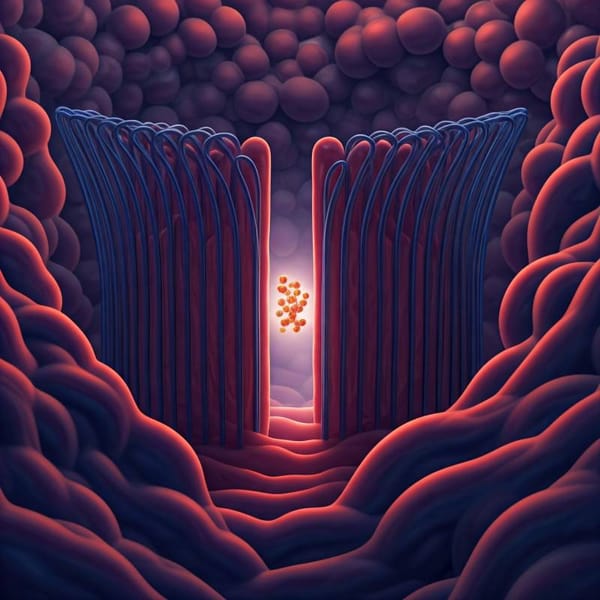The most used words in Spanish are the so-called functional words
University students conducted a study to find out which words are the most used; they review the influence of the so-called emojis and their racial use. On April 23, Spanish Language Day is celebrated at the United Nations, the anniversary of the death of Miguel de Cervantes Saavedra.





